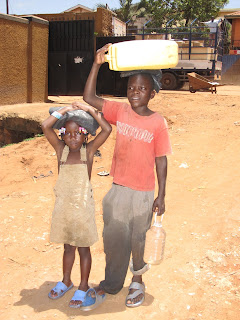Limited resources is a fertile ground for innovativeness. I got a short tour around the Keyeseka-market, the recycle area. It was hard to spot anything other than second-hand. It was mind blowing to see what can be created from car spare parts, tires, metals etc. Tires turning into shoes, hammocks, You name it! These people are literally using everything they can find, useless for the previous user and turn them in to something useful for someone else! These genius people are doing I small scale exactly what should be done in big scale! Reuse, reduce and recycle. These people do it because they have to, but aren’t we all forced to do this? So the artisans here are actually steps ahead of us. Unfortunately it was impossible to take photos there. (normally people doing business don’t want to be ended up in a film). I´m trying to get there again with some locals in order to share the innovativeness, creativeness and sustainable thinking with you.


You´d be supprised to know how much straws they use for drinks here! This wonderful lady, Benedicta is the director of Kinawataka Womens Initiatives. This women’s group uses recycled straws for making jewellery, shoes, bags and accessories such as belts. You can find more of her designs at http://www.kwiuganda.org/

I also visited a work shop where they used second hand barrels for village computer frames.


The traditioal charoal cookstoves are sold everywhere. These guys used used gas cans for producing the stoves.
















































